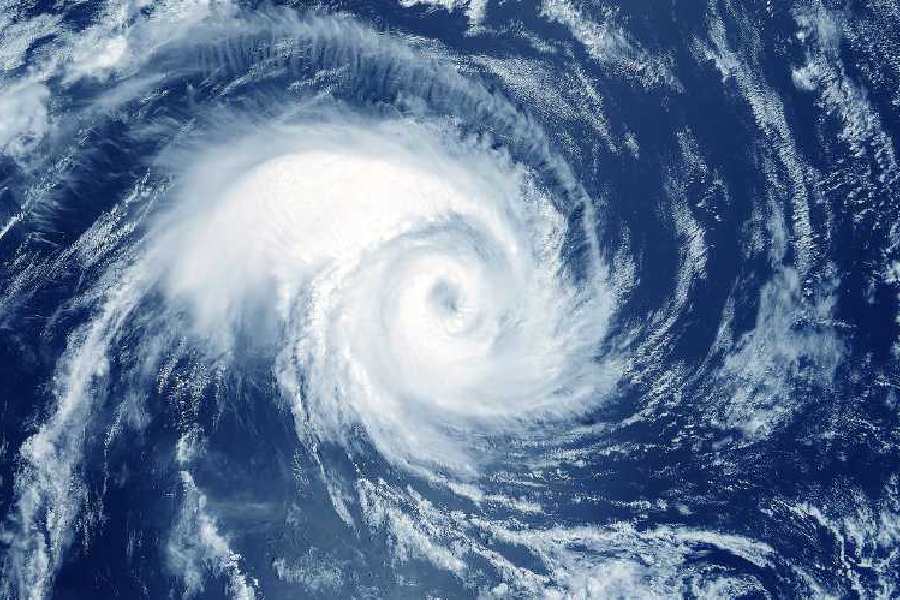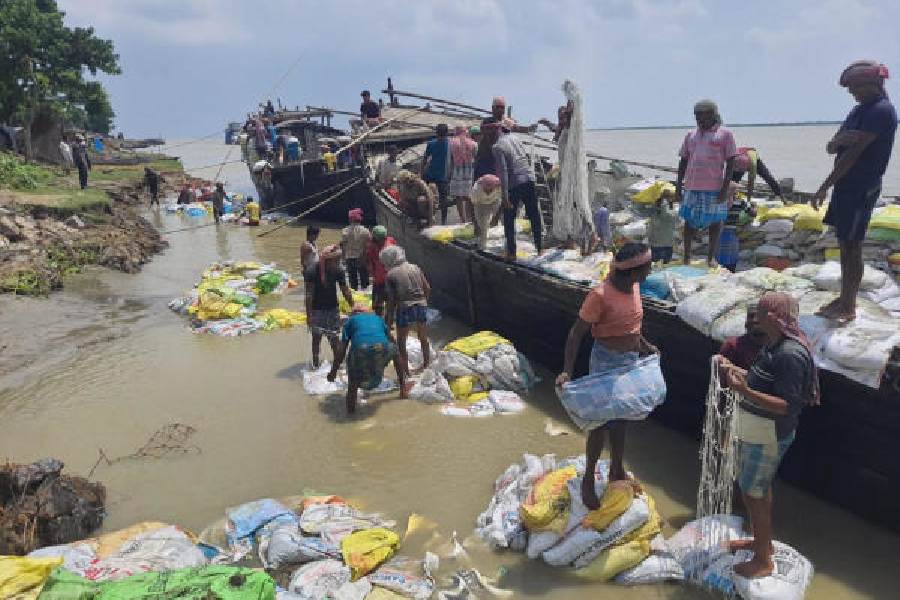Fewer yet more intense tropical storms are predicted for Asian rivers, including India's Ganga, according to a new modelling study.
By the 2050s, tropical storms in the Ganga could intensify by nearly 20 per cent, the study led by the Newcastle University, UK, projected after performing storm modelling studies on high-resolution data under a high emissions scenario.
The storms are, however, projected to become less frequent by over 50 per cent by the same time across both the low-lying delta river basins of Ganga and Mekong, the study published in the journal Geophysical Research Letters said.
The Mekong river runs from the Himalayan Plateau, its source, through Myanmar, Laos, Thailand, Cambodia, and southern Vietnam and falls into the South China Sea.
Due to their limited adaptive capacity and preparedness, low-lying delta systems on the east coast of India and those in Bangladesh and Vietnam are vulnerable not only to the massive damage and losses to life and property caused by tropical storms, but also to the impacts of climate change, including changes in precipitation patterns, extreme weather events, and sea-level rise, previous studies have found.
The study findings could thus help in assessing the resilience of critical infrastructure on these densely populated basins to tropical storms, in addition to informing climate adaptation strategies to safeguard communities, the researchers said.
Tropical storms, formed when water vapour from tropical oceans leads to disturbances, can sustain wind speeds of over 60 kilometres an hour (kmph) and cause intense rainfall. Nearly 90 such storms form worldwide every year, with most of them resulting in major disasters upon making landfall.
Tropical cyclones, sustaining wind speeds of over 120 kmph and originating in the North Indian Ocean (NIO), account for about 7 per cent of cyclones globally with most of them forming in the Bay of Bengal rather than the Arabian Sea.
"Our results are consistent with those found for tropical storms and tropical cyclones in the Atlantic Basin, where they also project an overall decline in frequency but an increase in the frequency of the most intense tropical cyclones.
"These systems cause massive impacts on society from high winds, rainfall and storm surges causing flooding. Quantifying these changes will allow us to better plan for future events," said study author Hayley Fowler, professor of Climate Change Impacts at the university.
"Knowledge of changes to tropical storms activity under climate change can be helpful in developing better disaster risk mitigation and for climate adaptation," said lead author, Haider Ali.
Except for the headline, this story has not been edited by The Telegraph Online staff and has been published from a syndicated feed.












